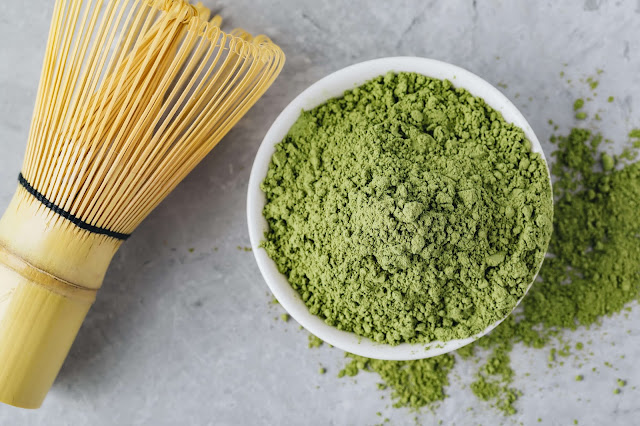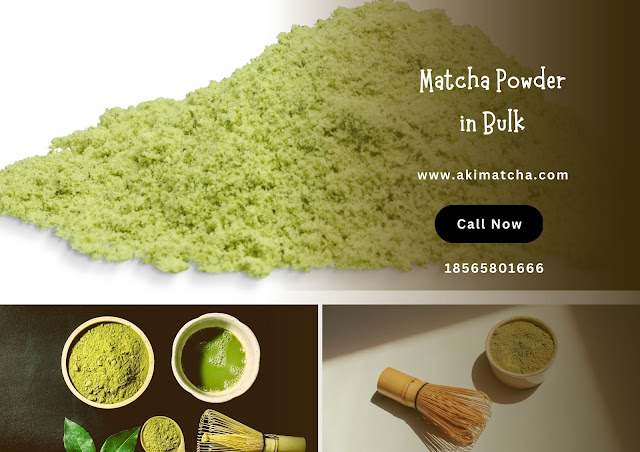Uncovering the Secrets of High-Quality Matcha: What Makes the Perfect Cup of Green Tea?
Matcha, a powdered green tea that originated in Japan, has become increasingly popular in recent years due to its unique taste, health benefits, and versatility in cooking and baking. However, not all matcha is created equal. High-quality matcha is the key to unlocking its full potential and experiencing its subtle, complex flavors and aroma.
So, what exactly sets high-quality matcha apart from the rest? In this blog, we will explore the secrets of high-quality matcha, from its production process to its taste, color, and health benefits. By the end of this article, you'll be able to distinguish the perfect cup of matcha from a mediocre one.
Production Process: Hand-Picking and Stone-Grinding
One of the defining features of high-quality matcha is the way it is produced. Matcha is made from shade-grown tea leaves that are picked by hand and ground into a fine powder using traditional stone mills.
The tea bushes are shaded for several weeks before harvest, which slows down their growth and encourages the production of chlorophyll and amino acids. This process gives matcha its vibrant green color and sweet, umami flavor.
After the leaves are picked, they are steamed, dried, and sorted to remove any stems and twigs. The leaves are then ground into a fine powder using a traditional stone mill, which can take up to an hour to grind just 30 grams of matcha. This slow, meticulous process helps to preserve the delicate flavors and aroma of the tea.
Color and Appearance: Vibrant Green and Fine Texture
High-quality matcha has a vibrant green color and a fine, silky texture that is free of lumps or clumps. The color and texture of matcha can vary depending on the grade and quality of the tea, as well as the region where it was grown.
The color of matcha is a good indicator of its quality. Lower-quality matcha tends to be a duller green or even yellowish in color, while high-quality matcha has a bright, vivid green color that is a result of the tea's high chlorophyll content.
When preparing matcha, the texture of the powder is also important. High-quality matcha should be finely ground and smooth, without any lumps or clumps. This ensures that the tea will dissolve evenly and produce a smooth, creamy texture when whisked with hot water.
Flavor and Aroma: Sweet, Umami, and Complex
Perhaps the most important aspect of high-quality matcha is its flavor and aroma. Unlike other types of tea, matcha has a unique combination of sweet, umami, and complex flavors that are influenced by factors such as the region where the tea was grown, the time of year it was harvested, and the production process.
High-quality matcha has a sweet, vegetal flavor with a subtle umami undertone that is characteristic of Japanese green tea. The flavor should be complex and well-balanced, with no bitter or astringent aftertaste.
The aroma of high-quality matcha is also distinctive, with notes of fresh grass, seaweed, and toasted nuts. The aroma should be subtle but noticeable, and should complement the flavor of the tea.
Health Benefits: Antioxidants, Caffeine, and More
In addition to its unique flavor and aroma, matcha is also known for its many health benefits. Matcha contains high levels of antioxidants, which can help to protect the body against damage from free radicals and reduce the risk of chronic diseases such as cancer, heart disease, and diabetes.
.jpg)



Comments
Post a Comment